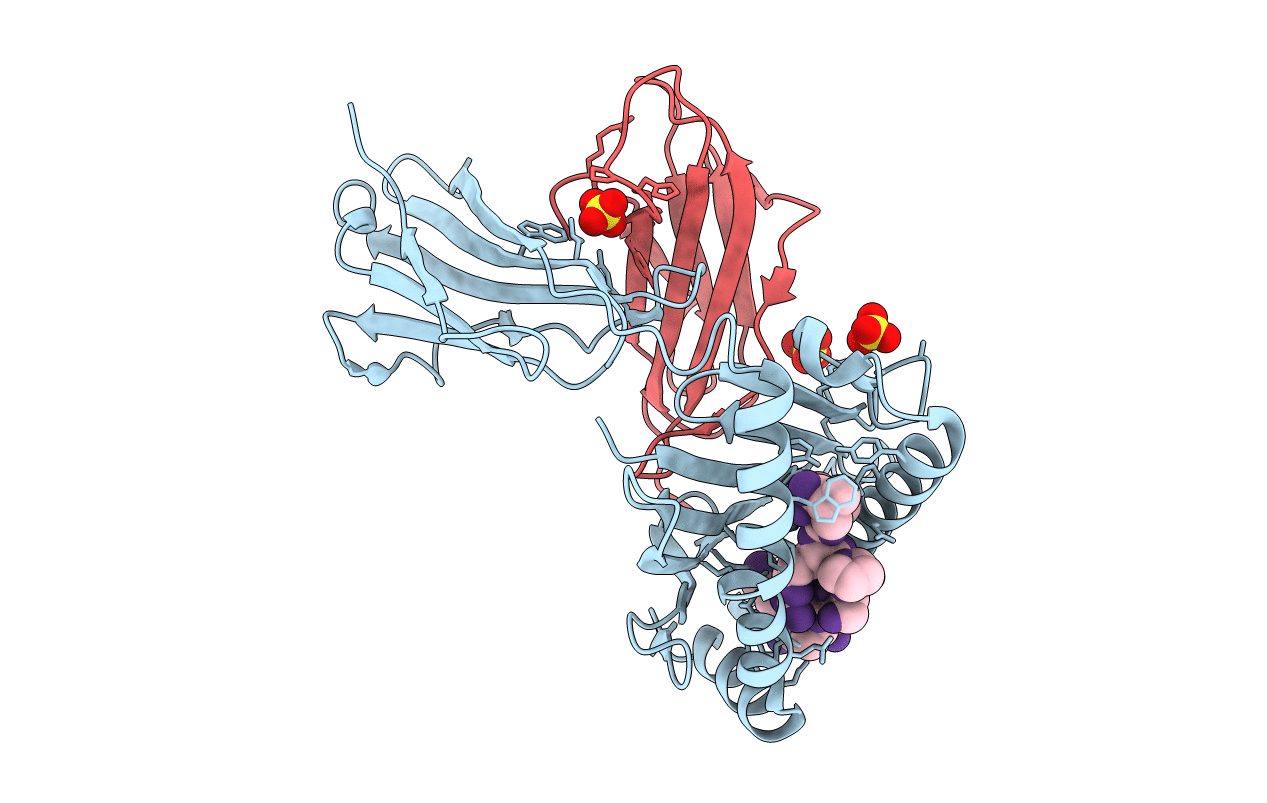
Deposition Date
2021-04-28
Release Date
2022-04-06
Last Version Date
2024-10-30
Entry Detail
PDB ID:
7MLE
Keywords:
Title:
Crystal Structure of HLA-A*03:01 in complex with VVRPSVASK, an 9-mer epitope from Influenza B virus
Biological Source:
Source Organism:
Homo sapiens (Taxon ID: 9606)
Influenza B virus (Taxon ID: 11520)
Influenza B virus (Taxon ID: 11520)
Host Organism:
Method Details:
Experimental Method:
Resolution:
2.20 Å
R-Value Free:
0.26
R-Value Work:
0.21
R-Value Observed:
0.21
Space Group:
P 6 2 2


